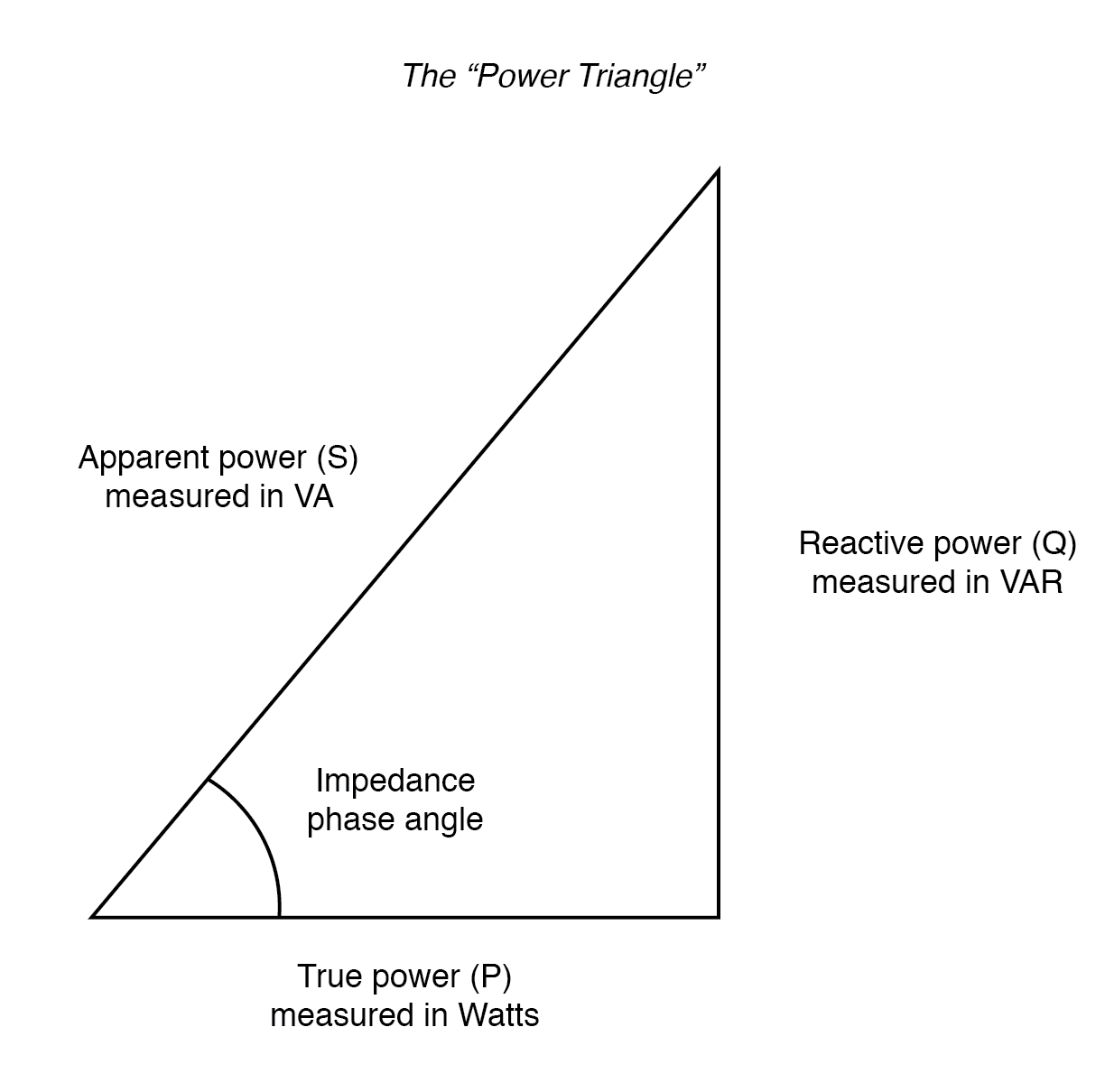Nope, stadiumhorn hasn't changed in all these years. It is still a GREAT cabinet, simple, easy, and loud at 40hz. Perfect for installs, not so great if you have to move them with over 150lbs just in plywood weight.
With the yorkville as your comparison -- the ss15 is the deal, it will match or exceed the yorkville in all but power handling. So to use the drivers you have -- SS15 is the cabinet I recommend you build.
StadiumHorn gives low
SS15 gives loud
With the yorkville as your comparison -- the ss15 is the deal, it will match or exceed the yorkville in all but power handling. So to use the drivers you have -- SS15 is the cabinet I recommend you build.
StadiumHorn gives low
SS15 gives loud
Hi everyone,
When I check in Hornresp, the Electrical Impedance is about 5.8ohm, so I check the 1w/1m is about 100db at 40hz, input voltage = 2.39V. Any wrong if I put 2,83v at input for 1w/1m?
Thanks.
When I check in Hornresp, the Electrical Impedance is about 5.8ohm, so I check the 1w/1m is about 100db at 40hz, input voltage = 2.39V. Any wrong if I put 2,83v at input for 1w/1m?
Thanks.
Nothing "wrong", amplifiers put out voltage, not watts.When I check in Hornresp, the Electrical Impedance is about 5.8ohm, so I check the 1w/1m is about 100db at 40hz, input voltage = 2.39V. Any wrong if I put 2,83v at input for 1w/1m?
The Re (DC resistance) of an Eminence 3015LF is 5.5 ohms on the spec sheet, the impedance in an enclosure will vary from near that as a minimum to 10 times (or more) than that.
For typical 1 watt 1 meter sensitivity specifications, the nominal (2, 4, 8, or 16 ohm) impedance is used, with a constant drive voltage that would result in one watt power into the driver at that impedance, 1.41 v applied to a "2 ohm" driver, 2v for "4 ohm", 2.83v for "8 ohm", 4v for "16 ohm".
weltersys, what you pointed regarding sensitivity specifications is correct but what you said regarding ampplifier output isn't, so may I write proper definition:
Tecnically, amplifier put out Power.
Power is a relationship between Voltage and Current.
For AC system, the proper measurement for power should be VA (Volt-Amps) and it refer to Apparent Power because there is phase shift between Voltage em Current. Watts is just a measurement for the True part of the Power while the other part is known as Reactive Power (VAR).
The the image below for better illustration

In a ammplifier:
Voltage output will vary according to input signal
Current output will vary according to the voltage and loundspeaker impedance that vary with frequency
Tecnically, amplifier put out Power.
Power is a relationship between Voltage and Current.
For AC system, the proper measurement for power should be VA (Volt-Amps) and it refer to Apparent Power because there is phase shift between Voltage em Current. Watts is just a measurement for the True part of the Power while the other part is known as Reactive Power (VAR).
The the image below for better illustration

In a ammplifier:
Voltage output will vary according to input signal
Current output will vary according to the voltage and loundspeaker impedance that vary with frequency
For typical 1 watt 1 meter sensitivity [/quote\
Sensitivity is measured with reference to volts, not watts 🙂. Specifically @2.83V/1M
Efficiency measurements are done with reference to watts / meter, and in that case it is assumed that the DUT is a simple resistance and it's driven by a source voltage that will result in 1 watt being dissipated by said resistance. Hence 2.83V for a 8-ohm rated speaker, etc.
For an 8-ohm rated speaker, the rated sensitivity and rated efficiency should be therefore be the same. It's no wonder that the terms get confused all the time.
SO in this case, I have to put ~2.35V for the Eg to see sim of the Efficiency?For typical 1 watt 1 meter sensitivity [/quote\
Sensitivity is measured with reference to volts, not watts 🙂. Specifically @2.83V/1M
Efficiency measurements are done with reference to watts / meter, and in that case it is assumed that the DUT is a simple resistance and it's driven by a source voltage that will result in 1 watt being dissipated by said resistance. Hence 2.83V for a 8-ohm rated speaker, etc.
For an 8-ohm rated speaker, the rated sensitivity and rated efficiency should be therefore be the same. It's no wonder that the terms get confused all the time.
When do measurement, I have to do the same, right?
Thanks😀😀
SO in this case, I have to put ~2.35V for the Eg to see sim of the Efficiency?
You can put in any voltage you like 🙂.
Because Hornresp assumes a linear system by default, the efficiency will remain the same regardless of the input voltage level.
When do measurement, I have to do the same, right?
Ideally, yes.
You can put in any voltage you like 🙂.
Because Hornresp assumes a linear system by default, the efficiency will remain the same regardless of the input voltage level.
Ideally, yes.
THanks!
SO in this case, I have to put ~2.35V for the Eg to see sim of the Efficiency?
If it's an 8-ohm rated driver, use 2.83V for both sim and measurement, if you want to compare its efficiency against other 8-ohm rated systems.
- Home
- Loudspeakers
- Subwoofers
- jbell's set of four tapped horns